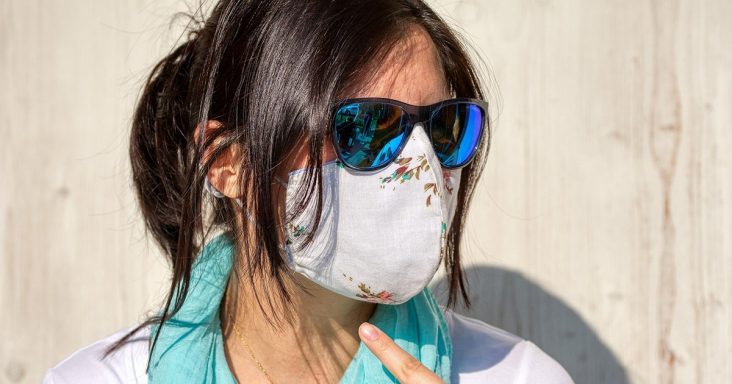Survey results highlight COVID business impacts
by January 3, 2021 12:52 pm 426 views

Arkansas establishments have experienced the second-lowest percentage of government-mandated closures amid the COVID-19 pandemic, according to the U.S. Bureau of Labor Statistics.
The agency recently released survey results on how the pandemic affected private-sector establishments and their response.
In Arkansas, 8% of establishments reported a government-mandated closure. The only state that had less was South Dakota, with 6% of establishments reporting a government-mandated closure. Nationwide, the closure rate was 19%, and it was 32% in Michigan. Half of establishments in Puerto Rico reported government-mandated closures.
More than half of U.S. establishments told employees not to work at some point this year, survey results show. About half of these establishments continued to pay some or all of their employees while they weren’t working.
In Arkansas, 43% of establishments told employees not to work. South Dakota was the only state with a lower percentage, with 40% of establishments telling employees to not work.
Nationwide, 31% of establishments employing 68.6 million workers increased telework offered to employees, while 52% didn’t offer telework. Also, 14% of establishments employing 35.4 million workers increased the amount of paid sick leave provided to employees.
About two-thirds of U.S. establishments received a COVID-related loan or grant tied to rehiring or retaining employees. These establishments employed 74.2 million workers, representing 59% of the total U.S. private-sector employment.
Among the establishments that told their employees to not work and received a loan or grant, 59% continued to pay some or all employees while they weren’t working. Of those that told their employees to not work but didn’t receive a loan or grant, 38% continued to pay some or all employees while they weren’t working.
Industries reporting the largest decrease in demand were scheduled air transportation (76%), accommodation and food services (71%), and mining, quarrying and oil and gas extraction (70%). Industries with the largest demand increase were retail trade (27%), social assistance (23%) and wholesale trade (15%).
